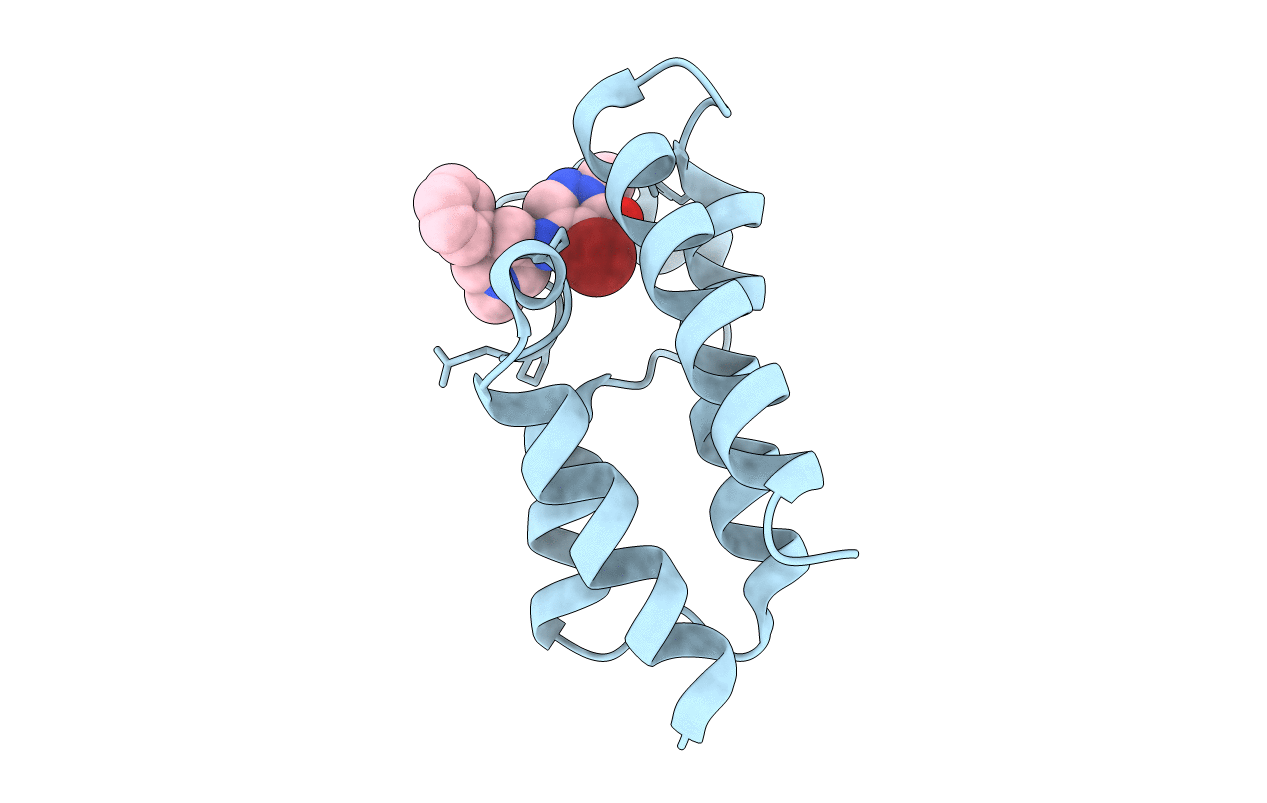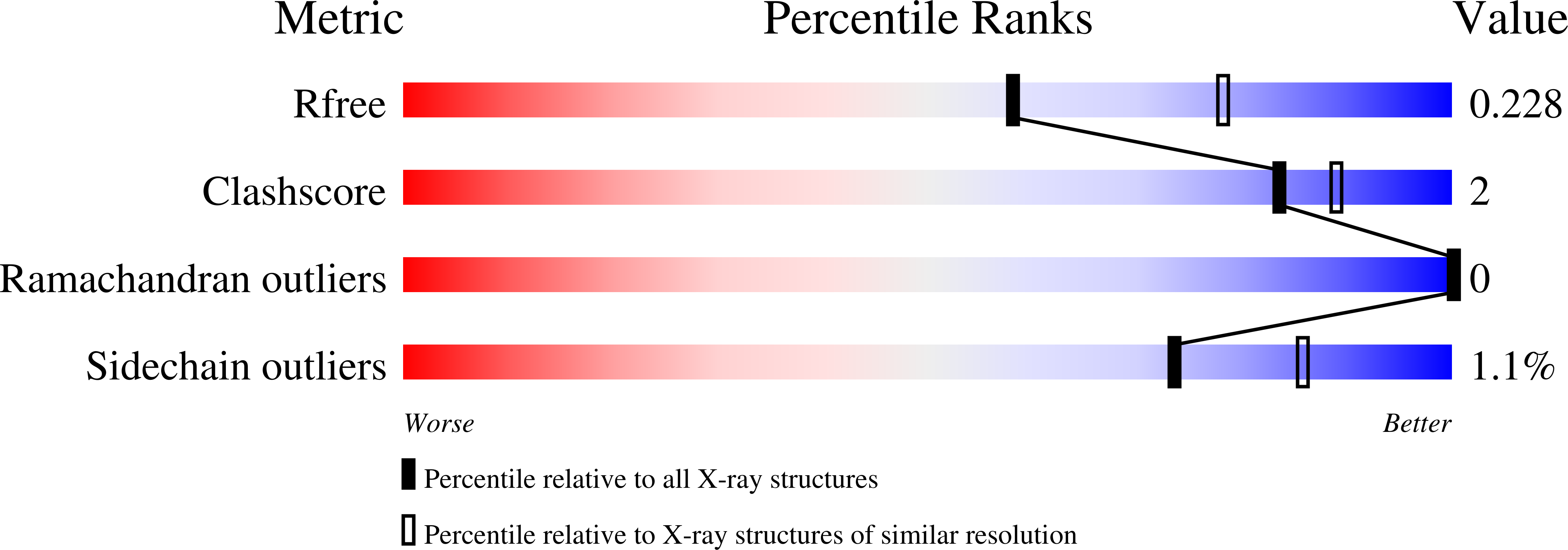
Deposition Date
2021-01-18
Release Date
2022-03-02
Last Version Date
2025-03-26
Entry Detail
PDB ID:
7BLB
Keywords:
Title:
BAZ2A bromodomain in complex with GSK4027 chemical probe
Biological Source:
Source Organism:
Homo sapiens (Taxon ID: 9606)
Host Organism:
Method Details:
Experimental Method:
Resolution:
2.30 Å
R-Value Free:
0.22
R-Value Work:
0.19
R-Value Observed:
0.20
Space Group:
P 31 2 1


